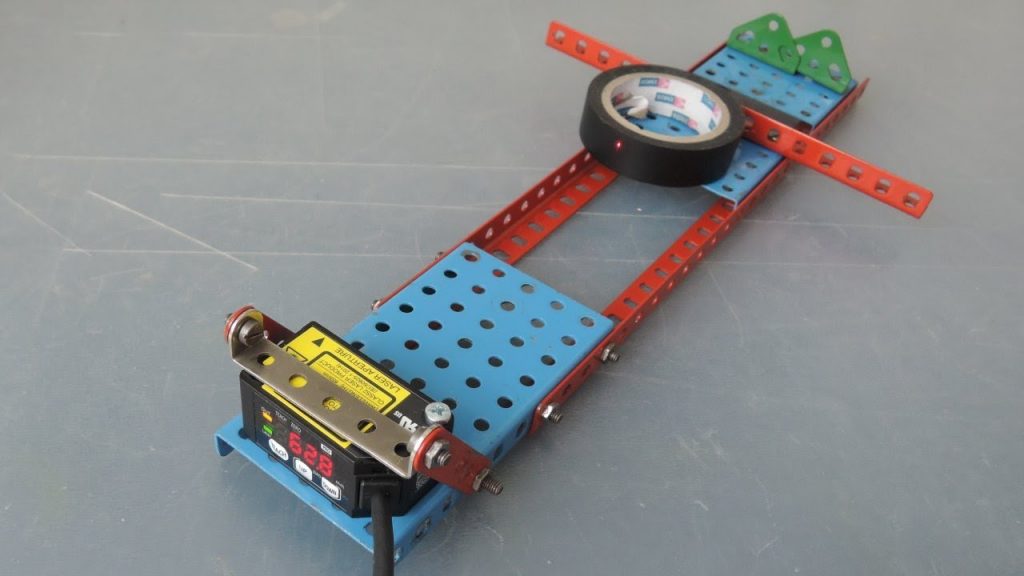Distance Sensors: Overview and Selection
There are numerous methods available for detecting and measuring the distance between objects. Each method is distinguished by its unique fundamental hardware. Distance sensors utilize a broad range of technologies, including laser, IR triangulation, ultrasonic, and LED. The choice of sensor generally depends on the specific application. Sensors offer various features, such as resolution, frequency, field of view, transmission and reception times, fixed operating costs, and installation requirements. Distance sensors are frequently used in industrial applications due to their ability to provide precise measurements at millimeter scales.
How Do Industrial Distance Measurement Sensors Work?
These sensors operate by emitting ultrasonic waves from an output unit, which then bounce off the target and return via a signal, allowing for measurements to be taken. Technological advancements have introduced various types, including ultrasonic waves, lasers, and LEDs. Distance measurement sensors are often confused with proximity sensors due to their similar operating principles, but their functions differ.
Distance measurement sensors perform precise measurements of distance by calculating the time taken for emitted laser or ultrasonic waves to bounce back and the intensity of the returning signal. One of the key features of distance measurement sensors is their accuracy, making them popular in architecture, construction, and industrial applications.
Applications of Distance Sensors
Due to their ability to provide millimeter-level accuracy, distance sensors are commonly used in industrial fields. Additionally, these sensors are utilized in pick-and-place applications to position and measure items on robot grippers. Common applications for distance sensors include:
- Measuring coil diameters.
- Packaging applications.
- Observing stacking heights.
- Separating components and parts.
- Height measurements in transportation and packaging sectors.
Types of Distance Sensors
Distance sensors are categorized based on their application areas. The types of distance sensors include:
- Optical Distance Sensors: These sensors detect changes and reductions in light transmission from diodes or lasers. They are especially used for precise distance measurements.
- Acoustic Distance Sensors: One of the most important types of distance sensors, these operate on the sonar principle in air. They are particularly useful in processes, foam, and turbulence material concentration changes.
- Inductive Distance Sensors: These are non-contact devices that generate radio frequency fields using oscillators and coils. Analog sensors are ideal for applications involving short metal target movements.
- Capacitive Distance Sensors: These non-contact sensors operate by measuring changes in capacitance, an electrical property.
How to Choose a Distance Sensor
When selecting a sensor for a specific application, various options are available. Distance sensors typically use technologies such as LEDs, LIDAR, ultrasonic, and VCSEL. Each option has its own set of features and advantages. Therefore, obtaining information to determine which sensor is most suitable is crucial. These sensors are noted for their low cost, easy installation, accuracy, and contactless measurement capabilities in automation.

